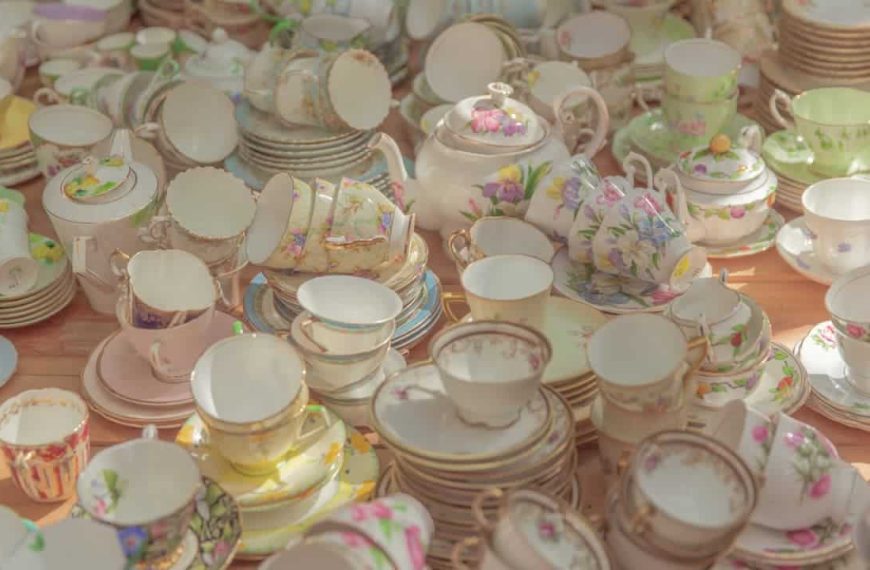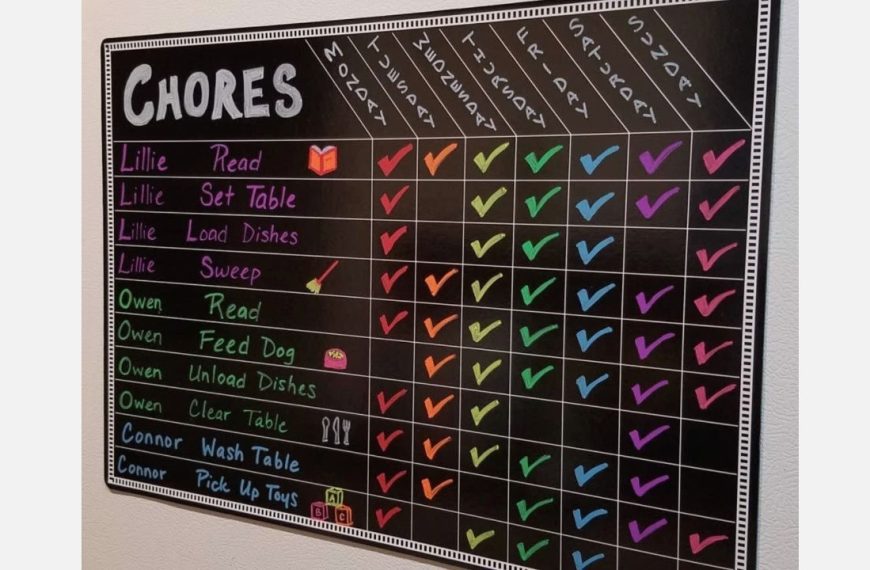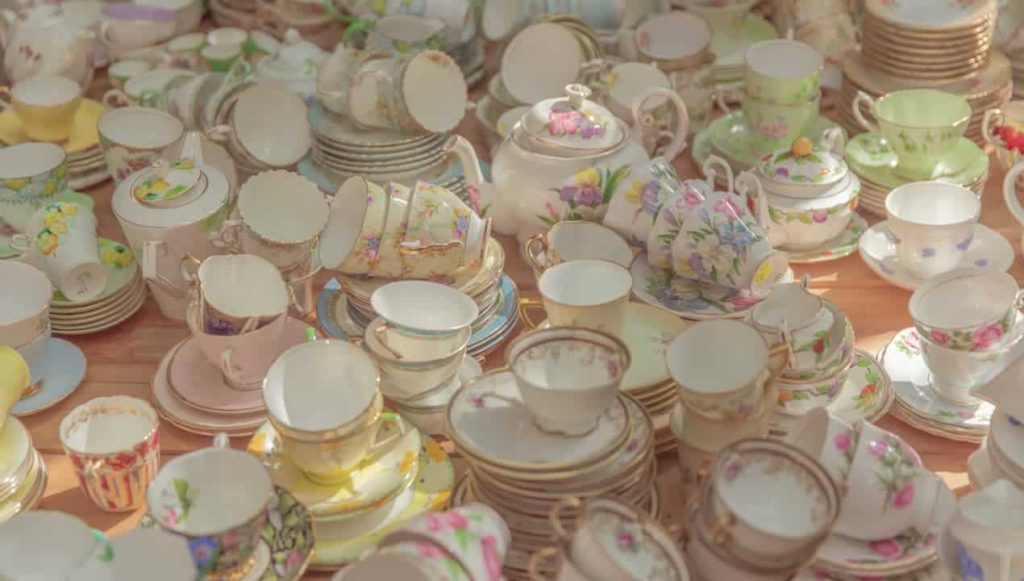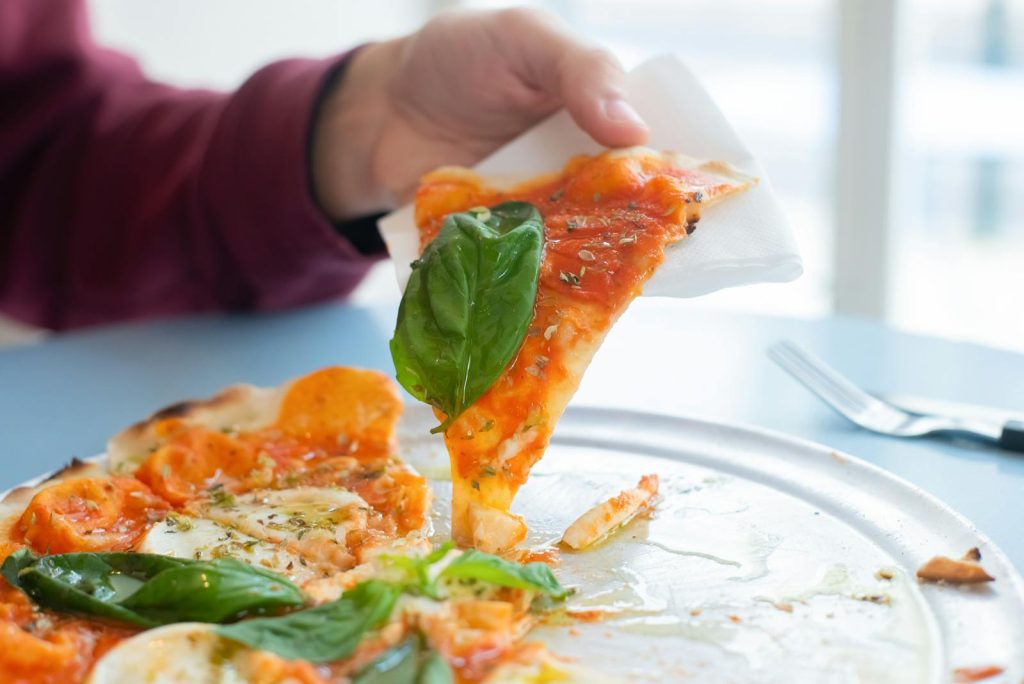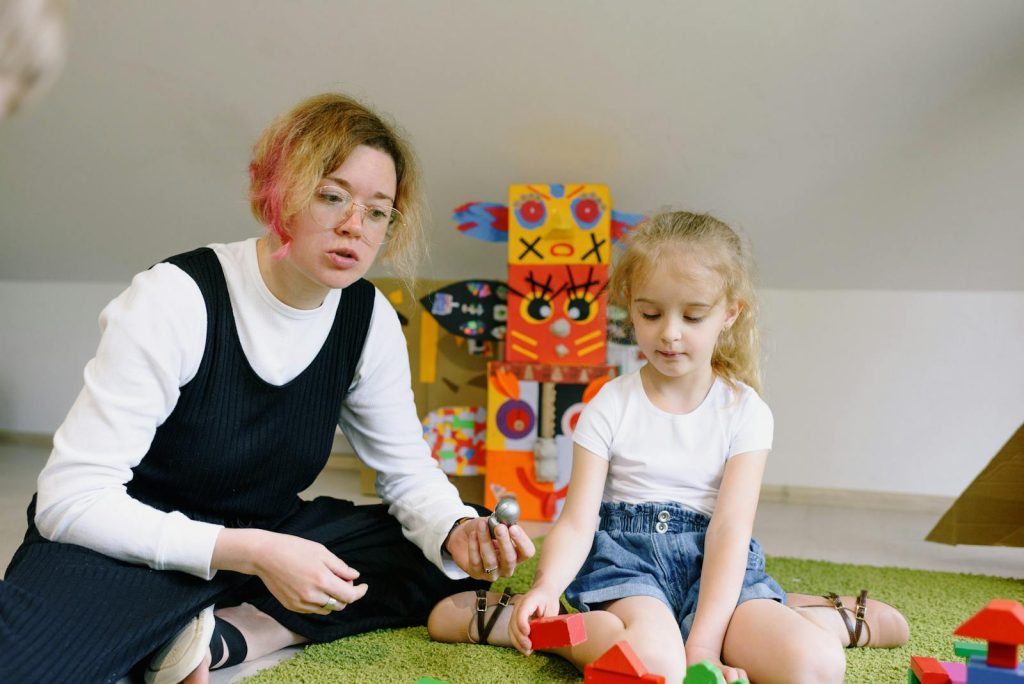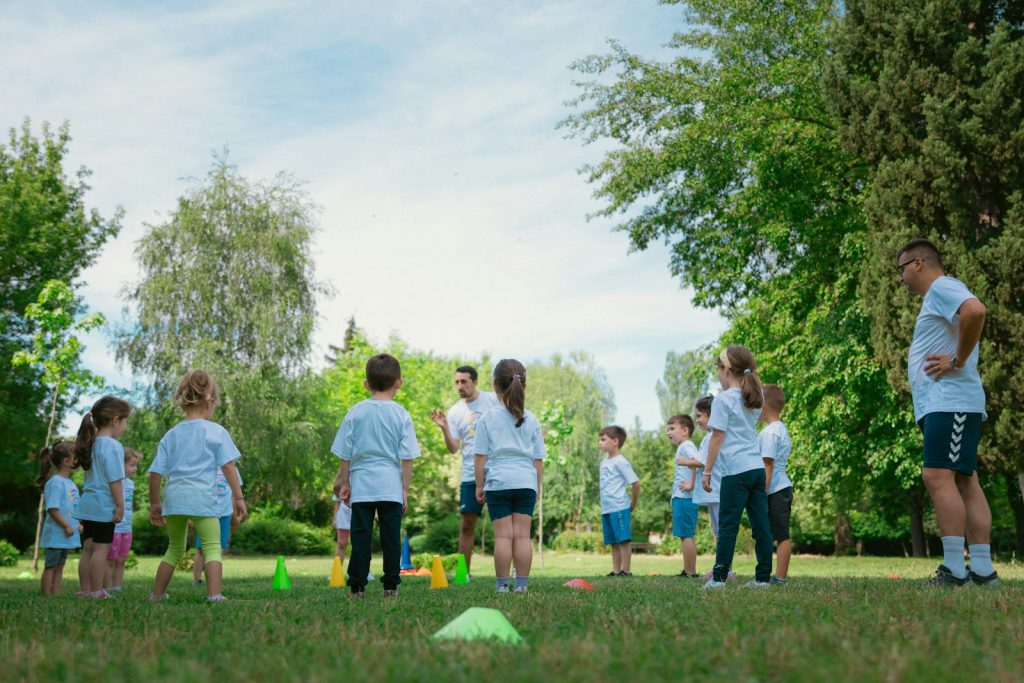Let’s face it, life can get messy, and so can our homes. A cluttered home not only makes it difficult to find things, but it can also increase stress levels and decrease productivity. With the demands of work, school, and extracurricular activities, it’s easy to let things pile up. However, decluttering your home doesn’t just make it look better – it can also improve your family’s happiness and wellbeing.
Here are 17 decluttering tasks that can help create a more peaceful and joyful living environment.
1. Start with a Family Meeting

Begin your decluttering journey by holding a family meeting to discuss the importance of decluttering and how it affects everyone’s mental health and happiness. Explain the benefits of living in a clean, organized environment, such as lower stress levels, improved focus, and increased productivity.
For example, you might mention that a clutter-free home can make mornings less hectic because everyone can find what they need more easily. Also, emphasize the importance of everyone participating in the decluttering process and maintaining the cleanliness afterwards. Establish some ground rules and create a decluttering schedule that everybody agrees on.
2. Tackle One Room at a Time

Trying to declutter the entire house at once can be overwhelming. Instead, break the task down by focusing on one room at a time. By doing this, you’ll be able to see progress more quickly, which can provide motivation to keep going.
For instance, you might start with a smaller, less cluttered room to gain momentum. As you work through each room, sort items into categories: keep, donate, sell, or trash. Be ruthless and only keep items that are useful, meaningful, or bring joy.
3. Create a Donation Station

A donation station is a designated spot in your home where you can place items that you want to give away. This can be a box in your garage, an empty closet, or a corner in your basement. Having a specific place for these items makes it easier to keep track of what you want to donate and prevents them from becoming clutter again.
For example, every month, you could take the box to your local charity shop. Not only will you be reducing clutter in your home, you’ll also be helping those in need. Plus, seeing the donation station filling up can be a powerful visual reminder of your decluttering progress.
4. Implement a One In, One Out Rule

The one in, one out rule can be an effective strategy for maintaining a decluttered home. Basically, for every new item that comes into your home, an old item has to leave. This helps to prevent new clutter from accumulating and keeps the amount of stuff in your home at a manageable level.
For instance, if your child gets a new toy, they have to choose an old one to donate. Or if you buy a new pair of shoes, you have to get rid of an old pair. This rule not only keeps clutter in check, but also teaches valuable lessons about consumption and generosity.
5. Use Vertical Space

Using vertical space is a smart way to increase storage in your home without adding clutter. Install shelves, hooks, or hanging baskets to store items off the floor and countertops. This not only helps to keep things tidy, but also makes your home look more spacious.
For example, you could use a tall bookshelf in your living room to store books, DVDs, and decorative items. Or you could hang a pegboard in your kitchen to hold pots, pans, and utensils. Be creative and think about how you can use the walls and ceilings in your home to store items.
6. Keep Flat Surfaces Clear

Flat surfaces like countertops, tables, and desks tend to attract clutter. Make it a habit to keep these surfaces clear. This not only makes your home look cleaner, but also makes it easier to clean these surfaces.
For example, instead of leaving mail, keys, and other items on your kitchen counter, create designated spots for these items. You could use a small tray for keys and a basket for mail. At the end of each day, take a few minutes to clear off these surfaces and put items where they belong.
7. Regularly Purge Toys

Toys can quickly take over your home if not kept in check. Regularly go through your children’s toys and get rid of any that are broken, outgrown, or no longer played with. Encourage your children to be involved in this process and explain the importance of donating toys they no longer use.
For example, before birthdays or holidays, have a toy purge to make room for new toys. You could also implement a rotation system where some toys are stored away and swapped out every few months. This can make old toys seem new and exciting again, reducing the need for new toys.
8. Keep a Junk Drawer

While it may seem counterintuitive, having a junk drawer can actually help keep your home decluttered. It’s a place where you can quickly stash items that don’t have a designated spot. However, it’s important to regularly clean out the junk drawer to prevent it from becoming a source of clutter.
For example, you might use your junk drawer for things like batteries, tape, random screws, and other small items. Every month, go through the drawer and get rid of any items that are no longer needed or that have found a proper home elsewhere.
9. Use Storage Containers

Storage containers can be a great way to keep items organized and prevent clutter. However, it’s important to use them wisely. Don’t just use containers to hide clutter. Instead, use them to store like items together and make things easier to find.
For example, you might use clear plastic bins to store holiday decorations in your attic. Or you could use small baskets to organize toiletries in your bathroom. Label containers so you can easily see what’s inside and ensure everything has a designated spot.
10. Digitize Paperwork

Paperwork can be a major source of clutter. Try to digitize as much paperwork as possible to reduce physical clutter. Things like bills, bank statements, and medical records can often be accessed online. For important paperwork that you need to keep, use a filing system to keep it organized.
For example, you might use a scanner or your phone to digitize receipts, then store them in a digital filing system like Google Drive or Dropbox. Or you could sign up for paperless billing and receive your bills via email. Remember to regularly back up your digital files to prevent loss.
11. Declutter Your Digital Space

Just like physical clutter, digital clutter can also cause stress and decrease productivity. Regularly declutter your digital space by deleting unnecessary files, organizing digital documents, and cleaning up your desktop.
For example, you might create folders on your computer for different types of documents, such as work, personal, and financial. Delete any files you no longer need and regularly empty your trash or recycle bin. Also, unsubscribe from unnecessary emails and keep your inbox organized.
12. Implement a 10-Minute Tidy Up Routine

End each day with a 10-minute tidy up routine. Set a timer and spend 10 minutes picking up items around your home and putting them where they belong. This can help prevent clutter from accumulating and makes cleaning easier.
For example, you might pick up toys, put dishes in the dishwasher, and throw away any trash. Doing this each night can make a big difference in the cleanliness of your home and can help create a relaxing environment for your family.
13. Create a Landing Zone

A landing zone is a designated spot where you can drop items when you come in the door. This can be a small table, a bench, or a set of hooks. Having a landing zone can help prevent clutter from spreading throughout your home.
For example, you might use your landing zone for things like keys, shoes, and bags. Teach your family to use the landing zone and make it a habit to put items away properly when you have time.
14. Declutter Your Wardrobe

Clothes can be a major source of clutter. Regularly go through your wardrobe and get rid of any clothes that you don’t wear, don’t fit, or don’t love. Try to keep your wardrobe minimal and versatile.
For example, you might use the hanger trick, where you turn all your hangers backward and only turn them the right way after you wear an item. After a few months, any items on backward hangers can be donated or sold.
15. Make Your Bed Every Day

Making your bed every day is a simple task that can make your bedroom look cleaner and more organized. It’s also a great way to start your day on a productive note.
For example, you might add a fun throw pillow or a cozy blanket to make your bed more inviting. Encourage your children to make their beds each morning as well.
16. Use the Four-Box Method

The four box method is a decluttering technique where you use four boxes labeled: keep, donate, sell, and trash. As you go through each room, sort items into the boxes. This can help make the decluttering process more manageable.
For example, you might decide to keep items that are regularly used or have sentimental value, donate items that are in good condition but no longer needed, sell items that are valuable but not needed, and trash any broken or unusable items.
17. Maintain Your Decluttered Space

Once you’ve decluttered, it’s important to maintain your clutter-free space. Make decluttering a regular habit and involve the whole family. Remember, it’s easier to keep up than catch up.
For example, you might spend a few minutes each day tidying up, or dedicate a few hours each month to decluttering. Also, be mindful of what you bring into your home and try to live with less. Remember, a clutter-free home is a happy home.

